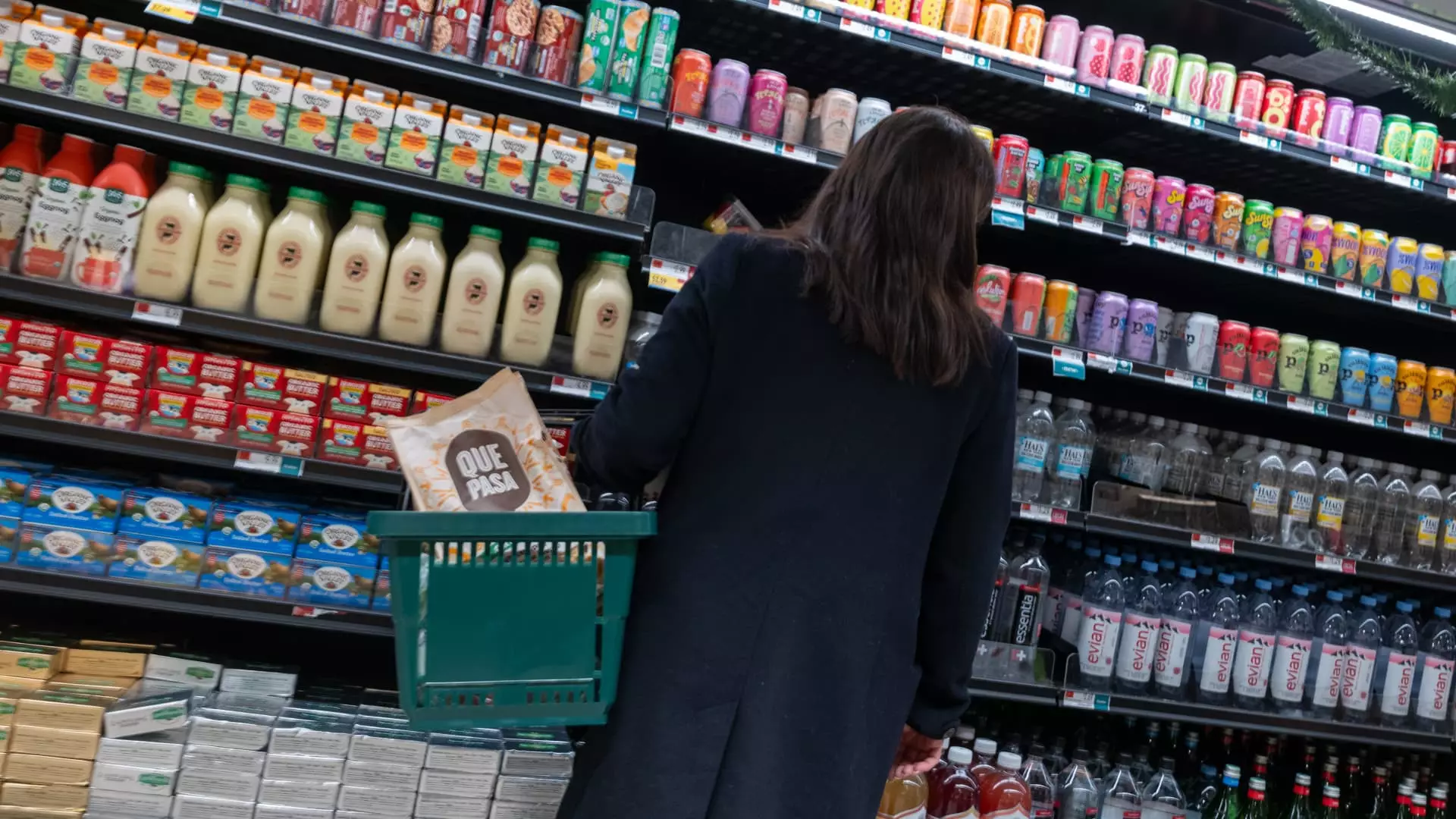In recent months, inflation rates in the United States have seen a significant uptick, creating concern among economists and policymakers. The rise, particularly noted in January, is attributed to a sharp increase in essential consumer goods prices, such as groceries and energy. The Consumer Price Index (CPI), a primary measure of inflation, indicated a rise of 3% for the twelve months leading up to January, marking a substantial increase from the previous month’s 2.9%. This trend has stirred discussions about the sustainability of such inflation and the potential for it to become a foundational issue for the economy.
Several factors are contributing to the current inflationary environment. Mark Zandi, chief economist at Moody’s, emphasized that the January inflation data was disappointing, as it continued the trend of rising prices now lasting for four consecutive months. The ongoing strength of the economy and a robust labor market have allowed businesses the leeway to raise prices at a more aggressive pace. With historical data showing a decline in CPI inflation from its pandemic-era high of 9.1% in June 2022, the current figures signify an unexpected turn that may reveal deeper systemic issues.
Zandi pointed out that while the immediate inflation report may be alarming, it is crucial to reserve judgment until further data is available. He advised caution in interpreting a single month’s findings, suggesting that it would be inappropriate to jump to conclusions or to sound alarms prematurely. Nonetheless, even a moderate increase in monthly inflation is concerning if it grows to become a consistent trend.
The recent CPI report highlighted broad price increases across numerous categories. Notably, costs for groceries, gasoline, and housing have surged. For instance, grocery prices experienced a 0.5% increase from December to January, fueled in part by a staggering 15% spike in egg prices due to supply shortages stemming from a bird flu outbreak. This situation exemplifies how one market disruption can ripple through others, affecting consumer choices and overall inflation rates.
Gasoline prices also reflected a rise of about 2%, primarily driven by escalating oil costs, which have a cascading effect on transportation and, consequently, on food prices. Furthermore, the housing and shelter costs were relatively stable recently, yet they constitute a significant portion of the CPI, highlighting the importance of monitoring this sector closely.
Amidst rising prices, potential new policies threaten to exacerbate the inflationary issue. The impending tariffs proposed by the Trump administration could disrupt market equilibrium further, elevating costs for consumers. Economists from Bank of America have warned that such policies may lead to mildly inflationary conditions, particularly with the anticipated imposition of tariffs on goods entering the U.S. Any increase in tariffs typically results in higher consumer prices, further burdening households already grappling with rising costs.
Historically, tariffs can create a significant economic ripple, affecting everything from automobile prices to basic consumer goods. With manufacturers facing increased production costs, these expenses are often passed down to consumers, leading to further inflationary pressures. The auto industry could be particularly hard hit, as many companies are heavily reliant on imported parts. Companies like Ford Motor have expressed concerns over logistical chaos in the industry stemming from these proposed policies.
Currently, consumer behavior seems to reflect a growing anxiety over potential price increases. Evidence suggests that consumers may be preemptively making purchases ahead of anticipated hikes due to tariffs. This behavior could create a temporary spike in demand, accompanied by associated cost increases. Should this pattern continue, we could see a broader range of products experiencing inflationary pressure as consumers rush to secure goods.
The recent rise in inflation signifies a complex interplay of economic strengths and vulnerabilities. While current statistics reflect alarming trends, further analysis is crucial in understanding the long-term implications of these changes. As policymakers navigate these waters, the interplay of consumer behavior, market dynamics, and governmental policies will play a critical role in determining the trajectory of inflation moving forward. The ongoing situation calls for vigilant observation and strategic planning to mitigate long-lasting economic impacts.

